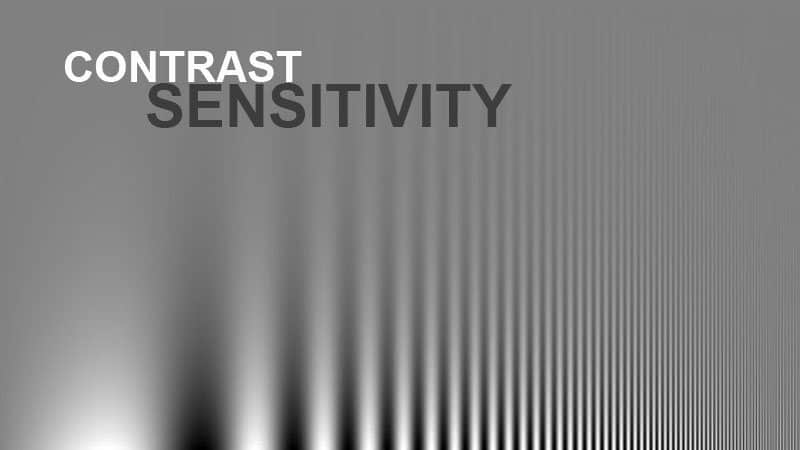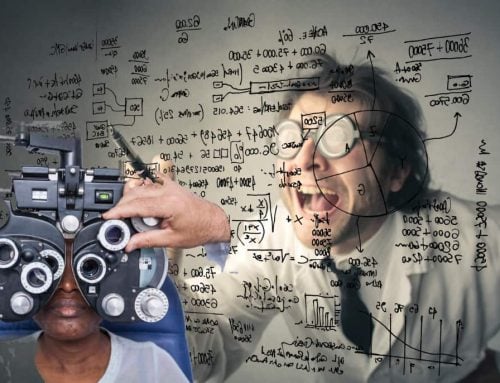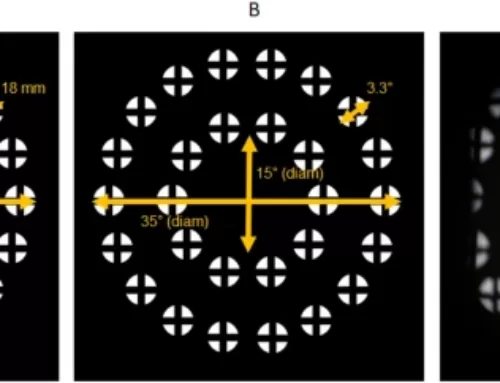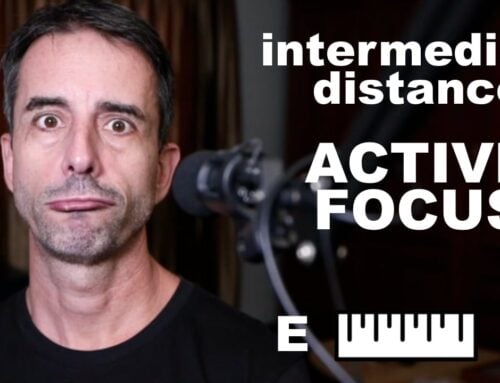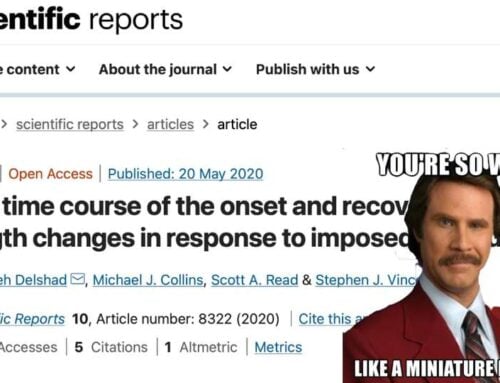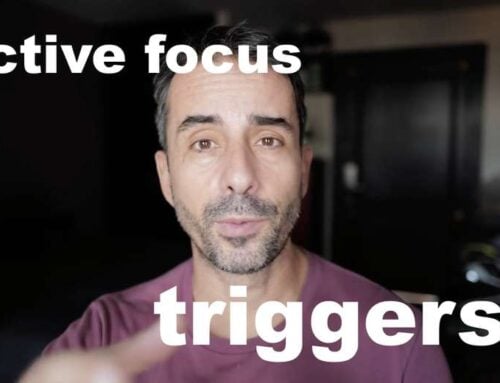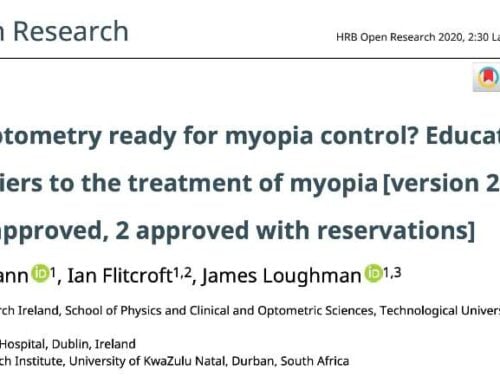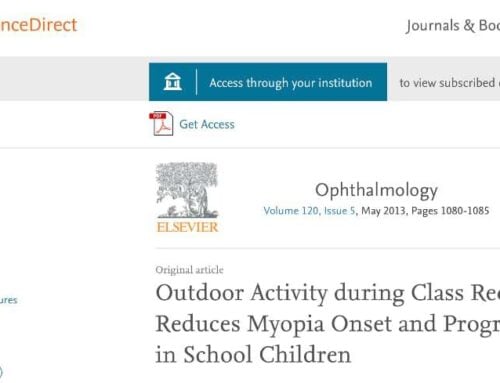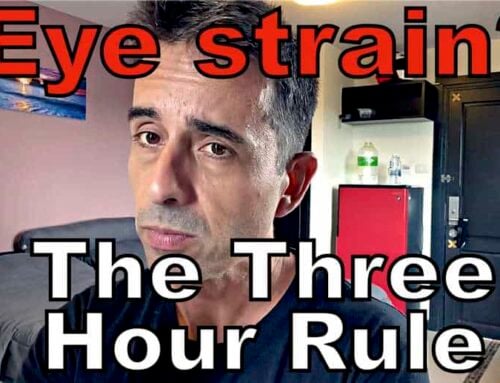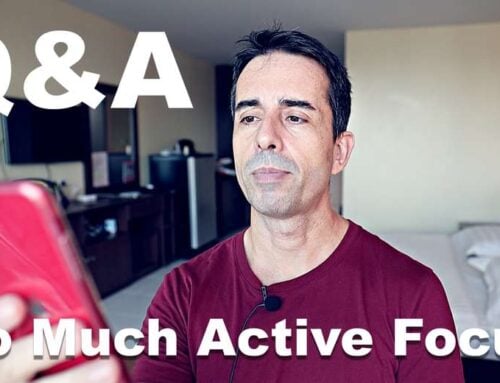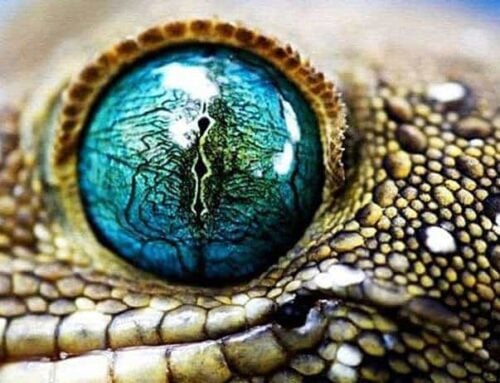Written By Despina
Contributing Optometrist
If you have been doing the program for a while now you will be familiar with the Snellen letter chart and your visual acuities, and the significance of measuring your visual acuity in different ambient lighting conditions. You will have practiced active focus at different times of day, and noticed the vast effect that ambient lighting has on your vision and focusing ability.
The Snellen chart was developed by the Dutchman, Dr Herman Snellen, in 1862, primarily for the purposes of prescribing glasses. It was a major breakthrough in the field of optometry, being the first standard test for detecting and describing small changes in vision and is still in use today. Old-timey, I hear Jake say. Well he may be right.
Snellen alone is an inadequete test in the real world. The real world consists of shades of grey. Snellen depends on black and white. Measuring our sensitivity to contrast, or our contrast sensitivity, ie our vision in different lighting conditions, is a more realistic measure of how we see in the real world.
A true contrast sensitivity test measures 2 variables: contrast and size. It is particularly useful in patients with visual impairment due to cataracts, glaucoma, macula degeneration etc, and determines the lowest contrast level which can be detected for a given size of a pattern. The test is repeated for different sizes of the same pattern, and for different contrast levels. It is a detection test rather than an identity test, like Snellen.
So what we are really doing throughout this program by measuring our vision in different lighting conditions, is, in a crude way, measuring our contrast sensitivity. And we are doing it without even realizing it. Just another one of Jake’s ingenious and painless ways to help us along our paths to reversing our myopia.

